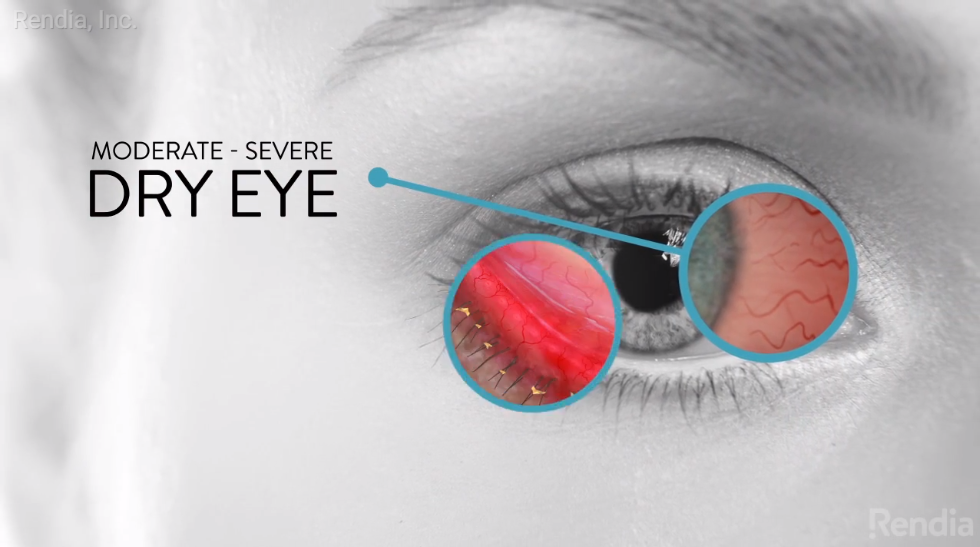Dry Eye
Dry eye disease is a common condition that occurs when your tears aren’t able to provide adequate lubrication for your eyes. Tears can be inadequate and unstable for many reasons. For example, dry eye may occur if you don’t produce enough tears or if you spend many hours in front of a smartphone.
Tears are necessary for maintaining the health of the front surface of the eye and for providing clear vision.
Causes Of Dry Eye
What causes dry eye? Some of the more common contributing factors include:
Irritation to the surface of the eye over time from:
- Allergic reactions
- Constantly blowing air from HVAC systems or ceiling fans
- Especially dry environments, like airline travel
- Improper contact lens use, fit and contact lens solutions
- Disease of the eyelid
- Smoke
- Prescription and over-the counter medications, like antihistamines, decongestants, antidepressants, certain kinds of acne drugs, blood pressure medication, diuretics, eye drops and oral contraceptives
Other risk factors include:
- Aging
- Nutritional deficiencies
- Insufficient water intake
- Hormonal changes/menopause
- Chemotherapy and radiation
- LASIK or other eye surgery
- Certain diseases, for example, arthritis, diabetes, lupus thyroid disease and Sjögren’s Syndrome
Causes of Dry Eye include:
- Age & Gender
- Poor Blinking
- Computer/Device Use
- Medications
- Contact Lens Wear
- Eye Surgery
- Climate and Environment
- Systemic Diseases
And, of course, excessive screen time must be added to this list. In the case of screen time, it is believed that staring too long without blinking interferes with sufficient stimulation to the oil glands in the eyelids. To reduce this risk, the 20-20-20 rule is recommended. Take a break every 20 minutes for 20 seconds and focus your eyes on something that is 20 feet away.
Whether it’s common knowledge or not, dry eye is a serious condition that affects more than 20 million people in the U.S. alone. Not only is it painful, but it can also damage the eye’s tissues and impair vision. There is currently no cure for dry eye, but there are treatment options. Some of these include blinking exercises, increasing the humidity level at home or work and using artificial tears or a moisturizing ointment. If those are unsuccessful, small punctal plugs may be inserted in the corners of the eyes to limit tear drainage, or surgically closing the drainage tubes in the eyes may be recommended.
It is important to treat dry eye as soon as possible. Your eye care professional is your first line of protection and should be consulted as soon as there is any indication of a problem.

